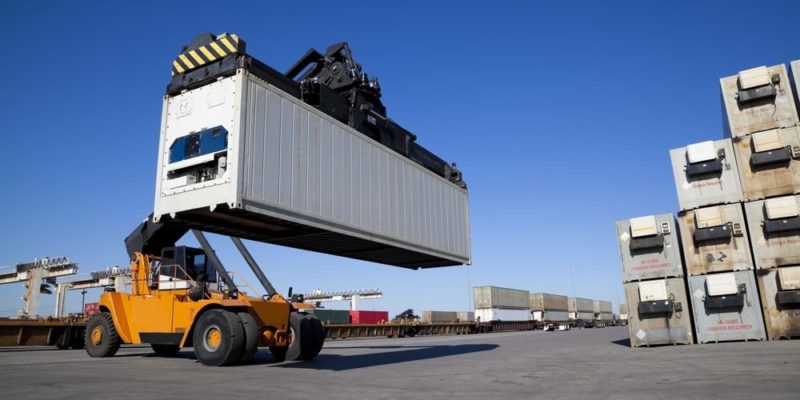We explain what multimodal transport is, its advantages, types, importance and other characteristics. Additionally, intermodal transportation.

What is multimodal transportation?
Multimodal transport means all those forms of transportation of goods that involve the articulation of different modes of transport. It involves two or more vehicles within the same service contract, with the aim of carrying out delivery operations more quickly and efficiently. It should not be confused with intermodal transport.
This type of transportation method has become increasingly popular in the contemporary globalized economy, as merchandise must travel enormous distances to reach its destination. Therefore, you often have to change vehicles, whether air, sea or land.
Any shipment from one hemisphere of the world to the other (say, from the United States to China) serves as an example for this type of transportation, generally involving ships, trains, and trucks. The efficiency of transportation will depend on the contracted organization and the set of legal limitations that the merchandise must overcome, the latter being one of its main problems.
Multimodal transport can be of the following types:
- Maritime multimodal transport. Which involves mini-ships and large vessels to move merchandise by sea.
- Multimodal land transport. Which generally involves road transportation and rail transportation.
See also: Cargo transportation
Characteristics of multimodal transport
We can mention some fundamental characteristics of multimodal transport:
- Involves various land transport or sea transport mechanismsor combinations of both.
- It is both national and internationalalthough the second is more common.
- All merchandise transfer responds to a single contract which encompasses all the mechanisms used.
Importance of multimodal transport
In the face of the transport dynamics of a world that is increasingly economically interconnected, but that has not yet managed to overcome its national and regional barriers, multimodal transport is an economical, useful option that also offers employment locally and internationally. Seen this way, its use overcomes the drawbacks of its greater operational and legal complexity.
Advantages of multimodal transport
As in many cases, the convenience in using multimodal transportation will depend on the nature of the merchandise transported and the destination scheduled for it. However, choosing this type of transport can mean advantages such as:
- Shorter shipping timechoosing fast mechanisms.
- Transportation services more economical to cover commonly expensive routes.
- Reduced loading times and unloads up to 70%, using the multimodal organization of the merchandise.
- Lower risk of theft and/or losses, given that insurance premiums are much lower and invite competition.
- Greater simplicity in the process, since everything responds to a single transport contract.
Multimodal transport and intermodal transport

The difference between multimodal transport and intermodal transport is that the latter does the same as multimodal transport but, throughout the entire journey, uses Intermodal Transport Units (UTI) such as containers, semi-trailers or swap bodies. This allows even greater speed of transfer between one vehicle and another, making the movement of merchandise as agile as possible.
- Air transport
- Water transport
References
- “Multimodal transport” on Wikipedia.
- “What is multimodal transportation?” in TradeLog.
- “Multimodal, the transportation of the future” in La Nación (Argentina).
- “Multimodal transport vs. Intermodal, which one compensates more?” at EAE Business School.
- “Multimodal Transport” in Business Dictionary.
- “What is Multimodal Transport?” at MultiCargo (Portugal).





